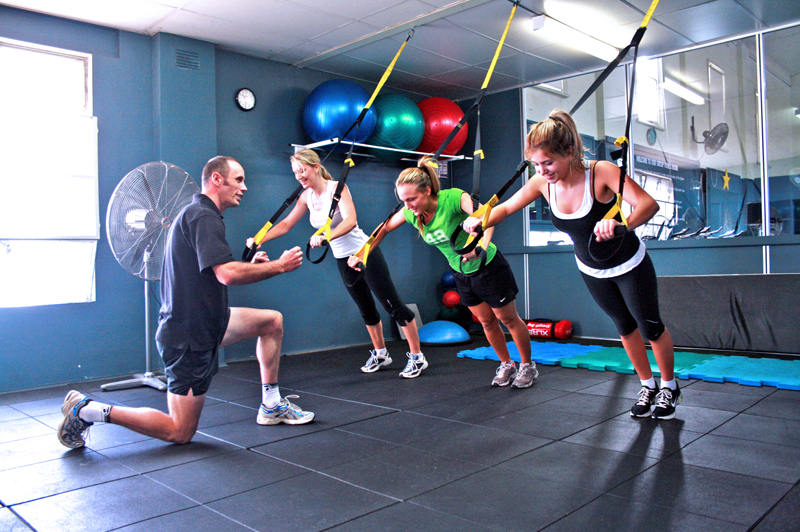Physical fitness is, now more than ever before, becoming a coveted asset and even somewhat of a status symbol in most of the modern world. People strive to get a perfect body, and there is a whole industry geared toward providing tips, advice and shortcuts on how to get fit quickly. There are many well researched books and articles full of tried and tested training techniques and advice. However, there are many misconceptions that are so prevalent they have wrongly been elevated to the status of common knowledge. Here are the most common training myths that are flat out wrong.
I can Eat whatever I Want as Long as I Train
As any knowledgeable nutritionist or experienced personal trainer will tell you – as much as 80% of your physical appearance depends on your diet. You can have the best and most rigorous workout schedule, but its effects will be severely limited if you maintain unhealthy eating habits. What it all boils down to is simple mathematics: calories in versus calories out. Overestimating the amount of calories you burn in an exercise session is a very common mistake. Before even entering the gym or putting on your running shoes, put the numbers on paper and determine realistic weight-loss goals.
Always Stretch Before Exercising
This is a particularly hard myth to dispel. The long held logic behind pre-workout stretching is that elongating your muscles will prevent injury. Actually, quite the opposite is true. Stretching weakens muscles by 30%, and this reduced tension might in fact make you more prone to injuries. Walking is the best warm up before cardio, and lifting light weights is good preparation for intense training. Stretching is most effective after a workout, as it helps build muscles and resets your body to its natural posture.
Working Out on an Empty Stomach Burns More Fat
This one is, at first glance, based on a sound scientific principle. It is true that the body will tap into fat reserves when deprived of nutrition. The downside is that working out while hungry will also burn more muscle, and this completely defeats the very point of working out. Additionally, the lack of nutrients and energy will no doubt adversely affect performance, and not allow you to get the most out of your exercise routine.
Men and Women Need Different Exercises
Not true. Men and women have the exact same body and muscle structure, the only difference is in the hormones. Although there is a difference in muscle strength, it in no way implies that different sexes should work out in different ways. This misconception is apparent when people focus exclusively on specific muscle groups, based on their gender. Men predominantly focus on arms, abs and pectorals; while women focus on glutes and legs. This is definitely the wrong approach, as the entire half of your body is left out of the workout.
When exercising, always focus on having the right mindset, do your homework beforehand and never let any of these myths prevent you from achieving and maintaining your fitness goals.



